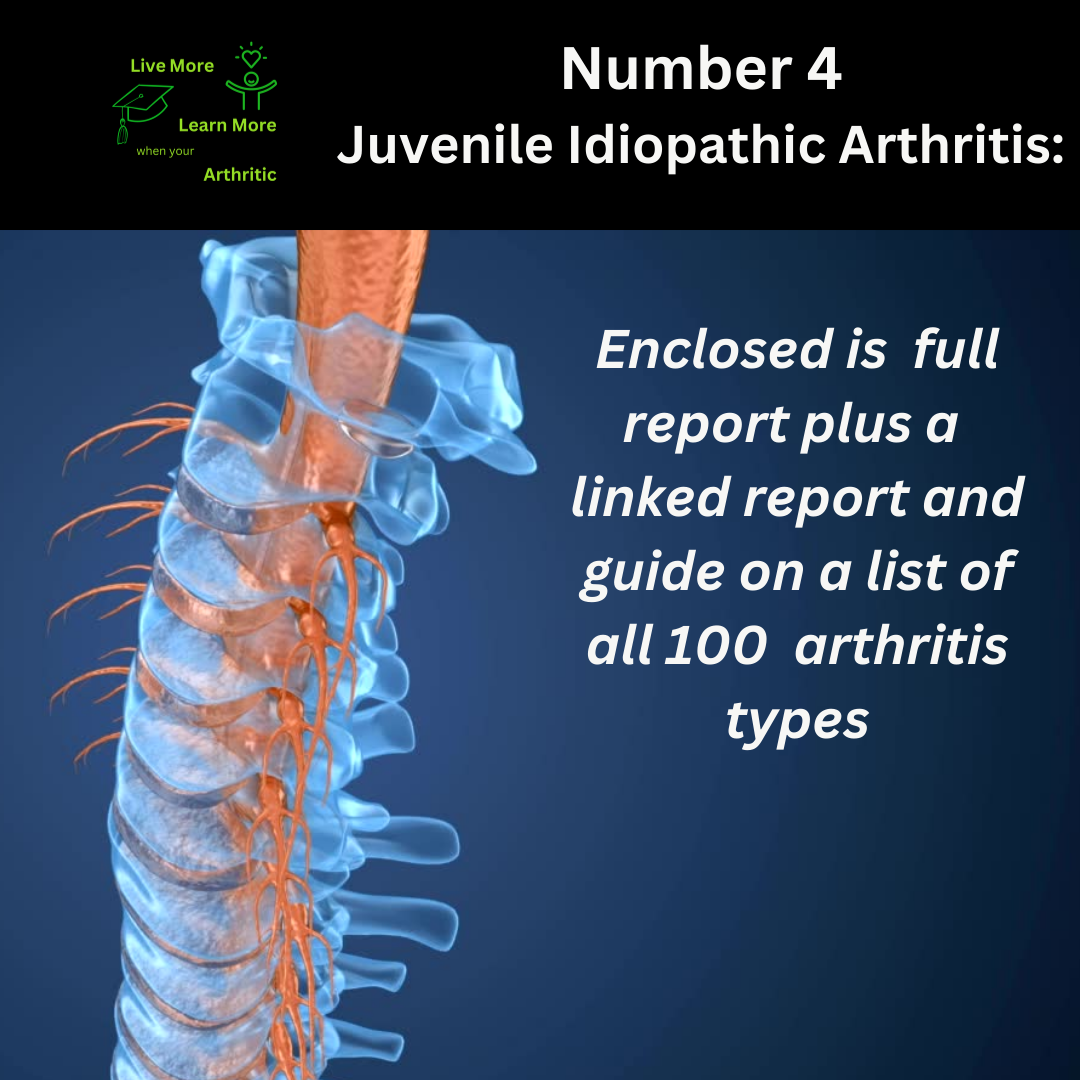
Ankylosing Spondylitis Number 4 on the list of 100 types of Arthritis
Embracing Hope: The Journey with Ankylosing Spondylitis
In the quiet of the morning, as sunlight gently filters through the window, Mark takes a deep breath. Each day begins with this ritual—a moment to gather strength for what lies ahead. He is no stranger to challenges, having lived with Ankylosing Spondylitis (AS) for over a decade. But despite the pain and limitations, Mark’s story is one of resilience, hope, and the relentless pursuit of a better quality of life.
Three other articles on Ankylosing Spondylitis:
Juvenile Ankylosing Spondylitis: Number 62 on the list of 100 types of Arthritis
Ankylosing Spondylitis is more than a medical term; it’s a life-altering condition that affects millions worldwide. At its core, AS is a form of inflammatory arthritis primarily targeting the spine and sacroiliac joints. However, its impact extends beyond joints, potentially affecting organs like the eyes and heart.
The Journey to Remission
For many living with AS, the concept of remission is a distant beacon of hope. Remission, defined as minimal or absent disease activity, is not merely a possibility but a goal to strive towards. Achieving remission requires a multifaceted approach involving medication, physical therapy, and lifestyle modifications. It’s not about erasing AS but finding ways to live well despite it.
Description and Causes
AS is characterized by inflammation primarily in the spine and sacroiliac joints. Over time, this inflammation can lead to the fusion of bones, causing stiffness and reduced mobility. The exact cause of AS remains elusive, but genetic factors play a significant role, with certain genes like HLA-B27 being strongly associated with the condition.
Triggers and Symptoms
Triggers for AS flare-ups vary but often include stress, infection, or injury. Symptoms can be insidious, starting with mild back pain and progressing to chronic stiffness and limited range of motion. The hallmark symptom of AS is morning stiffness that improves with activity but worsens with rest.
Embracing a Proactive Approach
Mark’s journey with AS embodies the power of a proactive approach. While medications like nonsteroidal anti-inflammatory drugs (NSAIDs) and biologics can help manage symptoms and inflammation, he also emphasizes the importance of daily exercise and mindful movement. Yoga and swimming have become his allies, gently preserving flexibility and strength.
Uplifting with Science
Recent studies emphasize the benefits of exercise in AS management, highlighting its role in reducing pain, improving function, and potentially slowing disease progression. Exercise isn’t just a remedy; it’s a vital tool in reclaiming control and finding joy despite the challenges of AS.
 Possible Complications and Compromises
Possible Complications and Compromises
Living with AS isn’t without its complications. Beyond joint stiffness and pain, AS can impact cardiovascular health, vision, and even lung function. Complications like uveitis (eye inflammation) or cardiac issues require vigilant monitoring and early intervention.
Finding Light in the Darkness
Despite the shadows cast by AS, Mark’s story is one of resilience and hope. Through his proactive approach and unwavering determination, he continues to redefine what a life with AS can look like. He emphasizes the importance of a support network—family, friends, and healthcare providers—who walk alongside him on this unpredictable journey.
Conclusion: A Journey of Hope
In the quiet of the evening, as Mark reflects on the day, a sense of gratitude washes over him. Each moment—each step taken despite the odds—is a testament to the human spirit’s resilience. Ankylosing Spondylitis may be a formidable adversary, but with science-backed knowledge, a proactive approach, and unwavering hope, life can be vibrant and fulfilling. Each day is a triumph, an opportunity to embrace life in all its complexities and find joy amidst the challenges.
